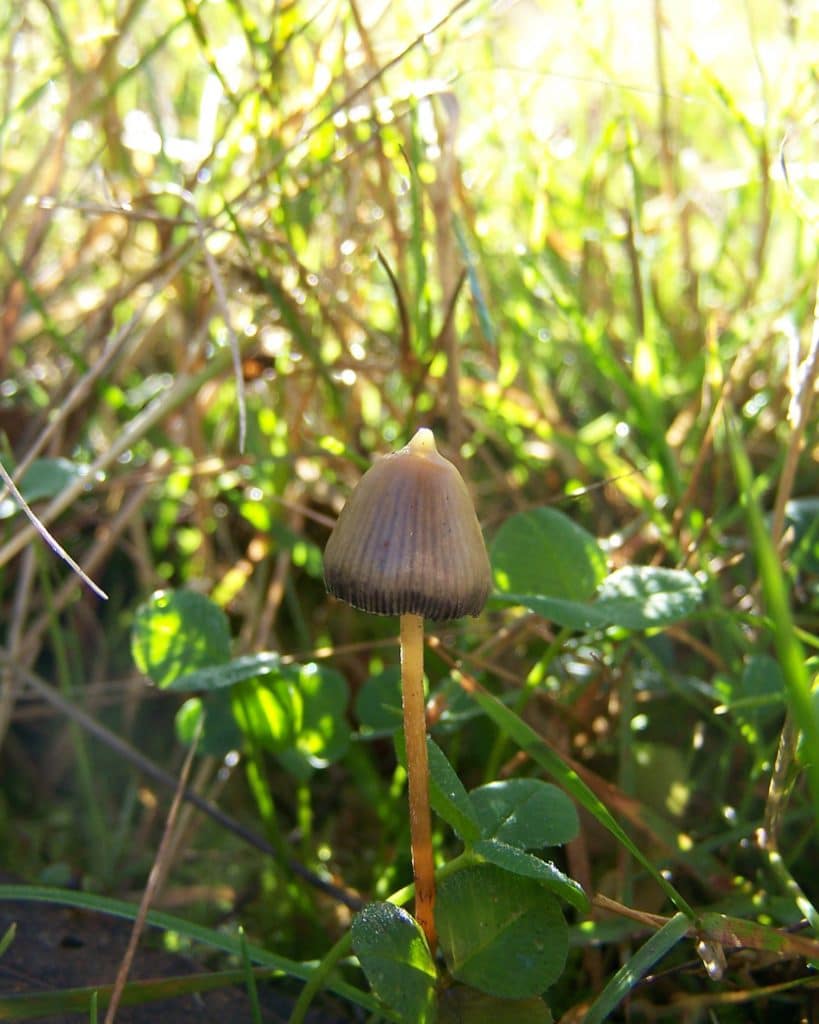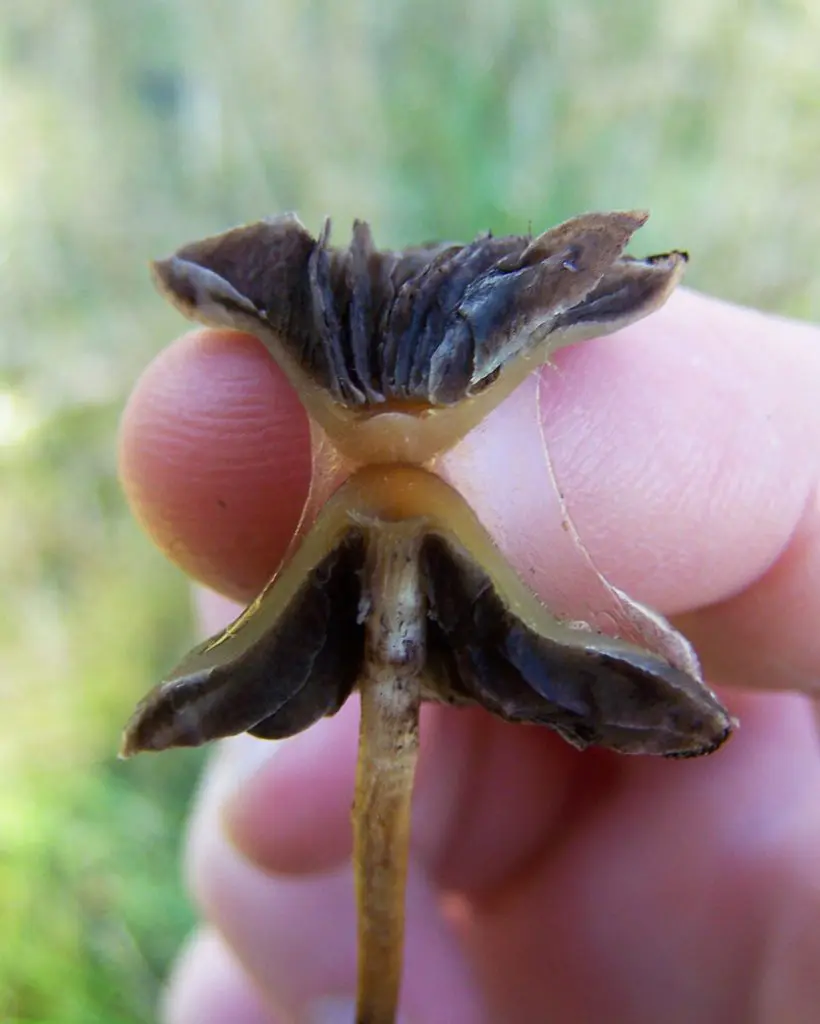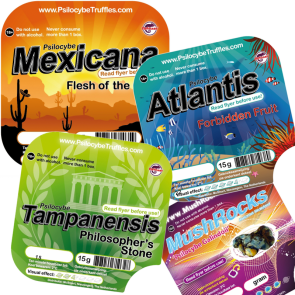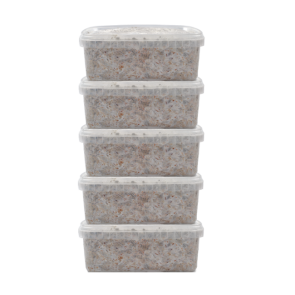Liberty Caps: Where are they found?

Psilocybe semilanceata is a temperate and sub-alpine species. It can be found growing in both autumn and spring; in the northern hemisphere, growing in August to November and then May to June. In the southern hemisphere, it grows from April to May and then September to October. It tends to favor oceanic climates.
Liberty caps grow throughout Europe, where it is assumed to be an endemic species. It is thought that they were introduced to other countries by the movement of livestock. It now occurs throughout the temperate regions of the northern and southern hemispheres. In the US and Canada, P. semilanceata occurs along the west coast, from British Columbia to California, and in some locations on the East Coast, from Nova Scotia to Newfoundland. In the Southern Hemisphere, P. semilanceata grows in Tasmania, south-east Australia, New Zealand, Chile, Argentina, and South Africa.
Psilocybe semilanceata is found amongst grass growing in rich soil in temperate meadows. The mushrooms are often scattered, but in rich soil can be found in dense groups, mainly when growing in fields near farmyards, or well-manured pastures. Liberty Caps are spread by animals and humans, either by foot traffic or dung. Although it does not typically grow directly on the dug, it is often found in pastures that have been fertilized with sheep, cow, or horse manure.
Psilocybe semilanceata: How Strong are They?

Most Psilocybe species will bruise a variety of shades of blue or blue-green when damaged, but in the case of P. semilanceata, they only tend to bruise a small amount at the base of their stem. Given their tall thin stature, you would probably pass on these given a familiarity with other species such as Psilocybe cubensis. To look at, you wouldn’t think they are very potent, but by the percentage of dry weight, they are more potent than P. cubensis.
Psilocybe semilanceata has been analyzed several times with variations in results. Tjakko Stijve and Thom Kuyper, in 1985 analysing a single specimen, found a concentration of psilocybin of 1.7 percent dry weight, with a concentration of baeocystin at 0.36 percent. In 1993, Gartz reported P. semilanceata having an average of 1.0 percent psilocybin by dry weight, ranging from 0.2-2.37 percent psilocybin. Analyzing specimens from the Pacific Northwest, Michael Beug and Jeremy Bigwood found psilocybin concentrations ranging from 0.62-1.28 percent, with an average of 1 percent. Psilocybe cubensis contain psilocin and psilocybin at 0.14-0.42 percent and 0.37-1.30 percent, respectively.
Psilocybe semilanceata contain significantly more psilocybin than psilocin (psilocybin being more stable, deteriorating more slowly than psilocin) so that after a few months of storage in a cool dark environment, the mushrooms tend to retain most of their original potency. The main issue with P. semilanceata is that they dry to a tiny dry, thin mushroom; therefore, you need to collect a lot for a dose.
How to find Liberty Cap
Liberty Caps is very difficult to cultivate, so the primary way of obtaining mushrooms of the species is to forage for them. The best way to start is to get to know your target species, learn the description, their habitat, and the timing of the seasons. If you live in areas where they are known to grow, fields, meadows, and lawns are the best places to look for Liberty Caps, especially if livestock have been present.
It is essential to know the lookalike species—species that may be confused with your target species. The most common lookalike species is Protostropharia semiglobata, various Panaeolus spp, Conocybe spp, and possibly Deconica spp. There are poisonous Psathyrella species that can easily be misidentified as Liberty Caps. Given the worldwide distribution of P. semilanceata, there will be different lookalike species on each respective continent and region. For example, in Europe, there is the poisonous species Cortinarius rubellus that has been confused for P. semilanceata, the consumption of which may result in kidney failure.
When foraging, be sure to take a field guide for your area, and have a couple of forums handy on your phone. Shroomery has the “Mushrooms hunting and identification” subforum. The iNaturalist app is also very useful and can provide identifications when photos of the mushrooms are uploaded. There are numerous Facebook groups, as well, so you can join one local to the area where you are foraging, and members will be aware of local lookalikes. Check all the mushrooms as you collect them; try to avoid picking those that don’t fit the description. It is best to not trespass: Always seek the permission of the landowner; the gift of a bottle of wine or six-pack of beer can go a long way and may provide extra advice. Also, keep in mind, being found in possession of psilocybin-containing mushrooms is illegal in most parts of the world.












Be the first to review “Liberty Caps”